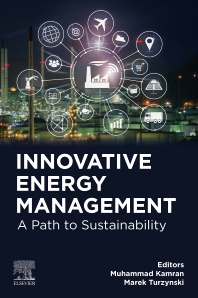Books in Energy legislation and regulation
Books in Energy legislation and regulation
- 1st Edition
- Achinta Bera + 1 more
- English

Decarbonizing the Petroleum Industry
- 1st Edition
- Muhammad Kamran + 1 more
- English

Innovative Energy Management
- 1st Edition
- Hasan Dınçer + 1 more
- English

Renewable Energy Projects and Investments
- 1st Edition
- Beni Trojbicz
- English

Oil Wealth and Federal Conflict in American Petrofederations
- 2nd Edition
- Woodrow W. Clark II
- English

Agile Energy Systems
- 1st Edition
- Fereidoon Sioshansi
- English

Innovation and Disruption at the Grid’s Edge